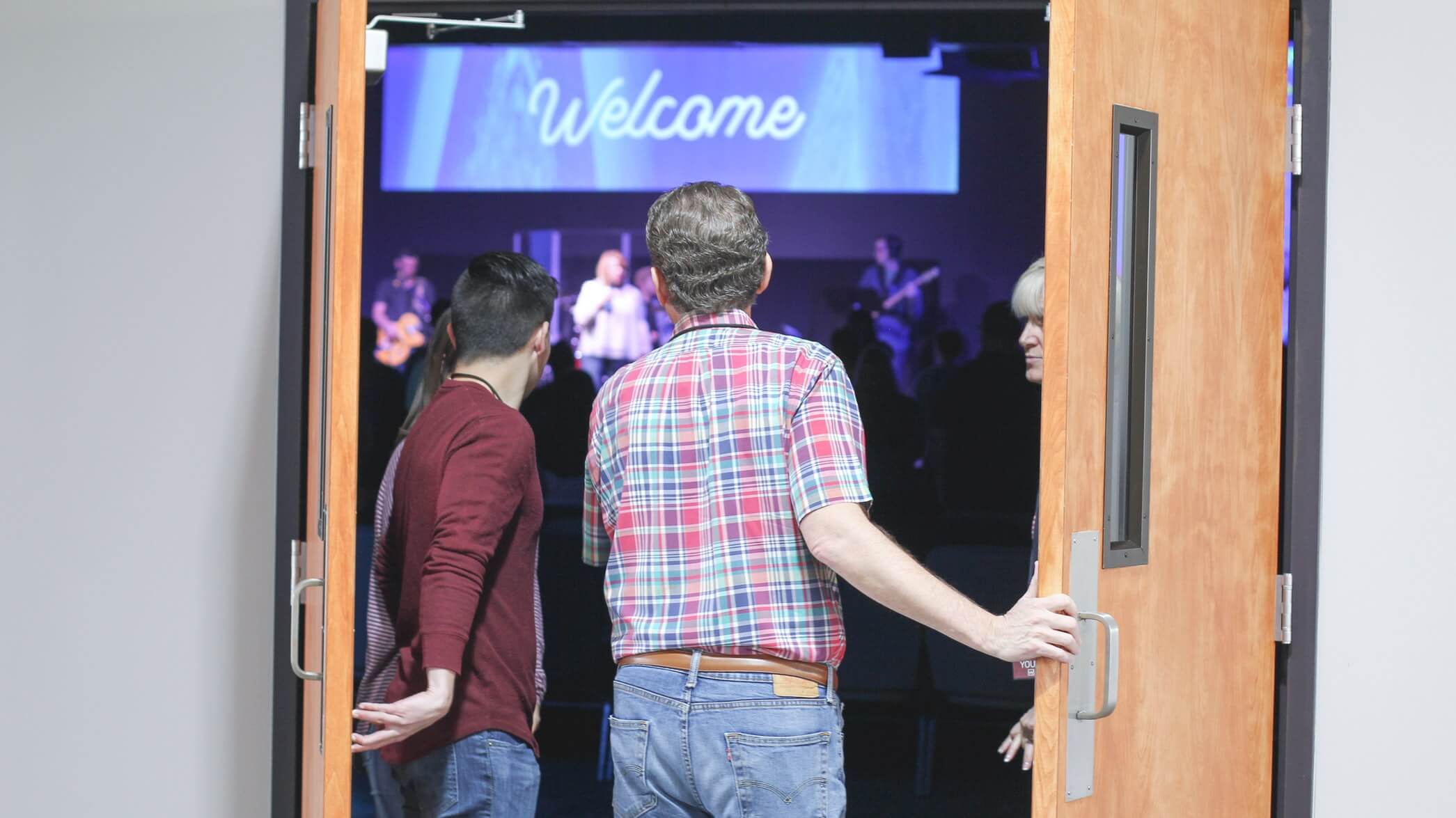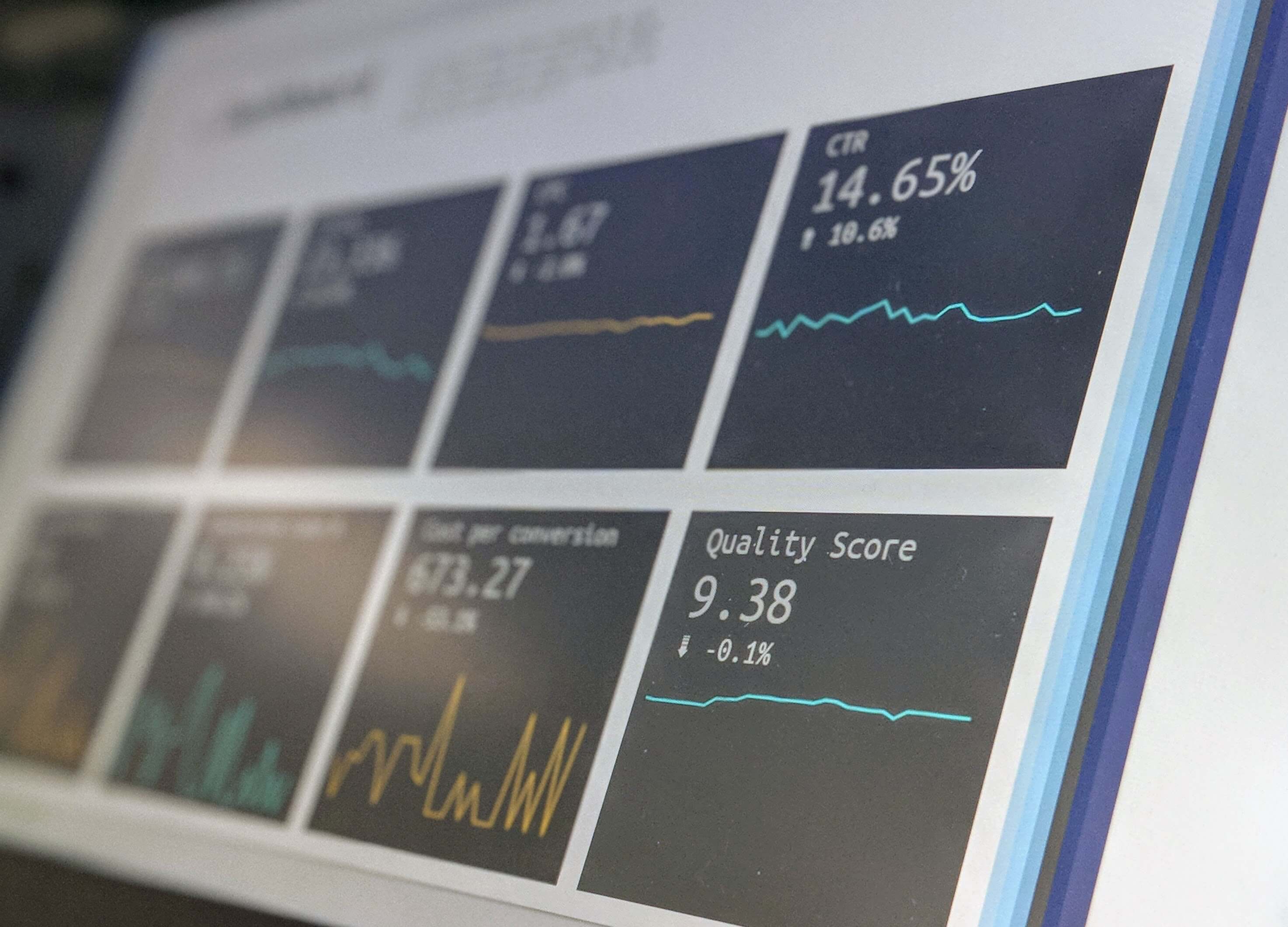You Onboard a Team, Not a Person
When you hear about onboarding, it’s often about just one person. The reality is that onboarding is never about just one person. You hire someone to be a part of a team. If that one person isn’t properly assimilated into the team quickly, the whole team is negatively affected.
With organizations shifting to team-based and distributed production models, organizational leaders need to think about onboarding new hires into teams and not just into companies.
Don’t just take our word for it. Deloitte’s 2019 Global Human Capital Trends report says 31% of HR leaders believe all or most work is done in teams, and 74% believe shifting to a team-based model of work improves performance.
We’ve all heard the expression that people join because of the company but leave because of the manager. That’s true about teams too. Researchers at Gallup suggest that relationships at work deeply affect performance, engagement, and employee experience – and not having those relationships makes workers more likely to leave their jobs.
How do you onboard new hires into teams? It’s not easy when you have to be the organizational puppet master, navigating team dynamics in a complex work environment. Without the right human-centered software, it’s impossible.
Instead, we’d like to slide you an idea called “experience-driven onboarding.” Here are a few ways experience-driven onboarding can help you with team onboarding.
Welcome the New Hire to the Team

Most onboarding companies will tell you how they onboard new hires with welcome packages: culture videos, t-shirts, desk trinkets, and so on. That’s welcoming the new hire to the company. What about welcoming them to a team?
There’s a difference between welcoming a new hire to a company, and welcoming them to a team.
Instead, when you’ve hired someone new, have their new team reach out and make them feel like they’re part of the mission, that you will all accomplish something great together. This could be something as simple as a text, hello email, LinkedIn message, or a video message from their closest team members to say, Hi!
Then, you can continue to build relationships after day one. You could assign buddies (we’ll get to that in a second), create coffee chats, team lunches, or meet-ups with others across the organization.
Set Up Their Workspace

Unfortunately, you probably know what it’s like to show up to your first day without the proper workstation. Maybe you didn’t have a computer, or the right software, or the right logins for that software, or the right access to the right documents – or any number of the right things to do your job.
The slowdown in just getting set up can cost your new hires a surprising number of hours. They’ll start bugging their team members or IT staff, which will cause slowdowns in other departments and lines of business. Yep, we’ve seen this happen many times. What a terrible first impression this creates!
Imagine them arriving on their first day with their ID and workstation on their desk with no paperwork to fill out, no meetings with IT, and no headaches for you. Their only job is to learn about the company and build relationships with their coworkers.
HR can’t do everything, and turning to the managers doesn’t help. With great technology, everyone can get what they need before the first day to focus on
Assign A Buddy

One often-overlooked aspect of onboarding is helping a new hire get familiar with the intangibles of your workplace culture. You know, things like which meeting rooms are the best to use for your team, how to best manage your time first thing in the morning, who tends to be a little too persnickety about grammar or formatting on your TPS reports (lookin’ at you, George).
This is where new hires need a buddy, someone to tell them about the culture and the implicit behavior that’s expected of them, a trusted confidant to share closely held information.
Setting up a buddy after just hiring someone can make everyone’s lives go a heck of a lot smoother. Microsoft, for example, has started assigning buddies to their new hires, and productivity has increased dramatically each time they met with their buddies, according to the Harvard Business Review:
56% of new hires who met with their onboarding buddy at least once in their first 90 days indicated that their buddy helped them to quickly become productive in their role. That percentage increased to 73% for those who met two to three times with their buddy, 86% for those who met four to eight times, and 97% for those who met more than eight times in their first 90 days.
Not only that, the researchers at Microsoft discovered that 1:1s have a dramatic effect as well.
Empower Employees and Managers with 1:1s

Microsoft believes that “managers having one-on-one meetings with their new hires during their first week on the job has outsized benefits.”
But are your managers equipped to do them? It’s a buzzword to talk about employee-manager 1:1s and conversations, but do your managers know how to have one? Managers are often promoted to their current position because they were good at their specific previous role, not necessarily good at being a manager.
Is the focus during the meeting solely on tasks and to dos – or do your managers ask the right questions? Questions like “What can I do to make your daily life easier? Do you see an opportunity for the team to perform in a better way that I may not have noticed? How are you feeling about the past few weeks and overall?
A modern onboarding platform can actually empower and coach your managers at scale to navigate difficult conversations, start a casual conversation in between office meetings, or even help let go a (bad) new hire.
Give Reports To Leadership

All this work in creating a great experience generates a lot of data. Yes, we know. Everyone says “data” nowadays. But without the right data how can you quantify the onboarding experience so your senior leaders know why you should continue to focus on and to improve the hiring experience?
Based on the data gathered during the onboarding experience executives can get valuable feedback information to improve the experience next time, quantifying their efforts against core metrics.
Not only executives get meaningful data, but managers can get insightful reports as well: They can see data on whether their team is happy or not and why. HR can see across the business, like which managers are onboarding well so they can identify problem areas and star performers. Executives can quantify the effort against core metrics.
Good data makes everyone better, from the individual to the team, the manager, the leadership, and the entire company.
Heyo. We can help. 👋
These might sound like simple things on the surface. Executing them in practice, though, is a whole ‘nother matter. You’ll need some help.
We’ve built our experience-driven onboarding platform to make sure new hires have a great experience not only with the company but with their individual team as well.
See here a snippet of our platform in action!